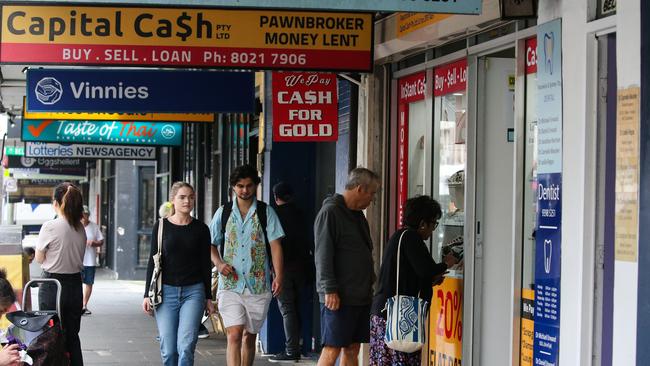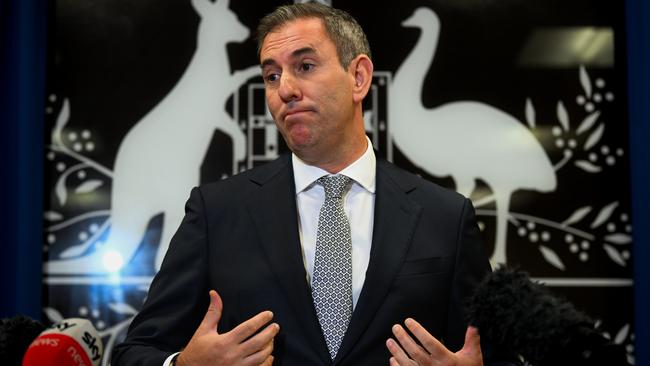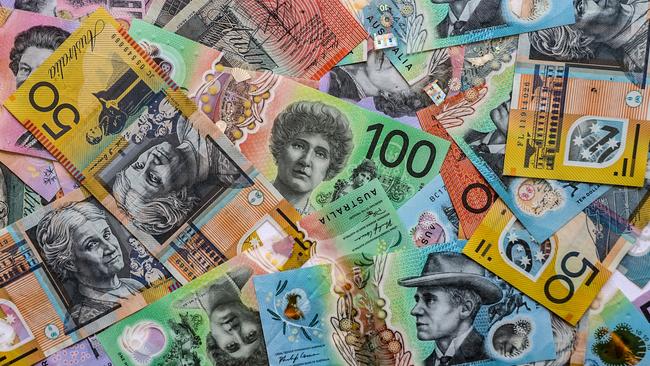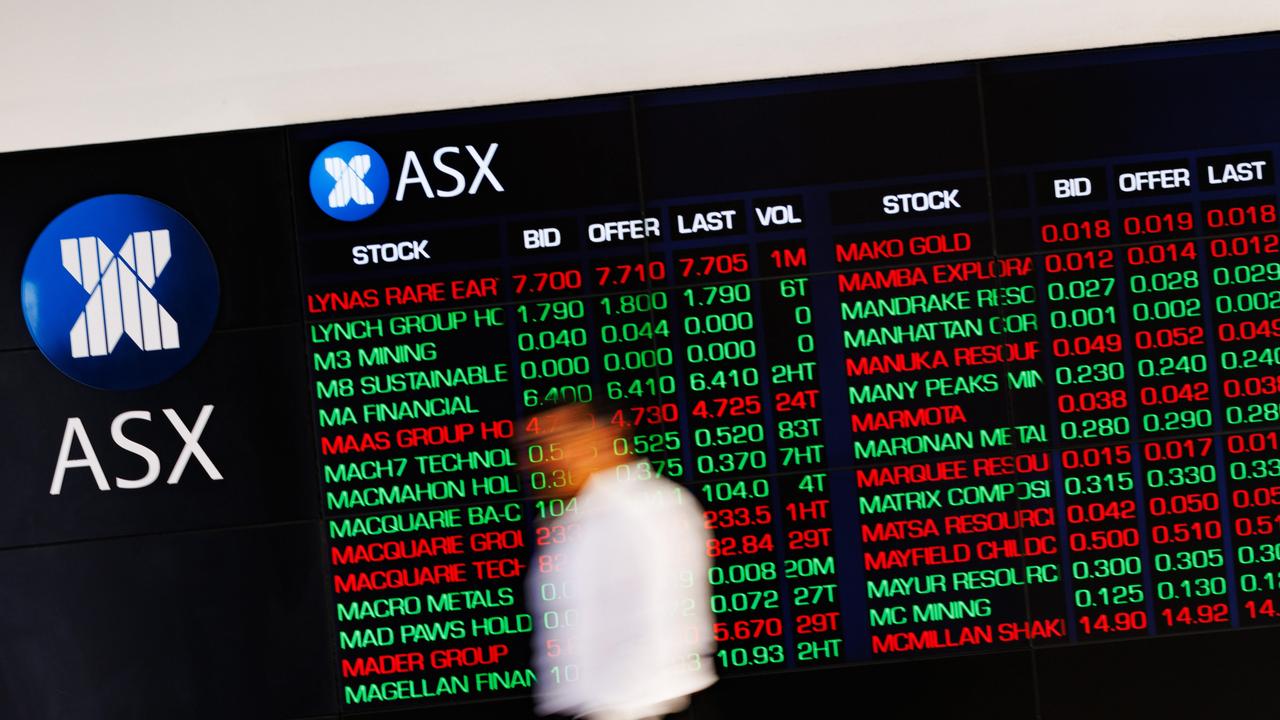Inflation, cost of living eases further in November, renewing calls for a rate cut
Australia’s all-important trimmed mean inflation rate continues to fall, renewing hope for an early rate cut, the national figures show.

Business Breaking News
Don't miss out on the headlines from Business Breaking News. Followed categories will be added to My News.
Mortgage holders’ hopes for an earlier than expected rate cut have been restored.
The latest monthly inflation print from the Australian Bureau of Statistics has come in under the Reserve Bank’s prediction.
Trimmed mean inflation for November came in at3.2 per cent, down from3.5 per cent in October. While this is still above the RBA’s inflation target of 2 to 3 per cent, it is moving towards the range the central bank needs to cut rates.

The trimmed data removes volatile aspects of the consumer price index basket, including oil and electricity, with power prices subsidised by state and federal government policies.
Headline inflation, which takes these aspects into account, rose from 2.1 per cent to 2.3 per cent.
“Annual CPI inflation has risen since last month, in part due to the timing of electricity rebates,” ABS head of prices statistics Michelle Marquardt said.
“In some states and territories, households received two (electricity) rebate payments in October in lieu of not receiving a payment in July.
“From November, most households received one payment. As a result, electricity prices fell 21.5 per cent in the 12 months to November compared to a fall of 35.6 per cent to October.”
The largest contributors to the annual movement were food and non-alcoholic beverages, which grew by 2.9 per cent, alcohol and tobacco, which surged 6.7 per cent, and recreation and culture, which is also costing 3.2 per cent more.
These rises to the CPI basket were partly offset by annual falls for electricity prices, down 21.5 per cent mainly due to government subsidies.
Fuel prices also fell more than 10 per cent.
Treasurer Jim Chalmers has welcomed the “substantial progress” in bringing down inflation, but stopped short of predicting when the RBA would cut the official cash rate which has held at 4.35 per cent since November 2023.
“Underlying inflation coming down in November is a very encouraging and a welcome sign of the substantial and significant and sustained progress that Australians have made together in this fight against inflation over the last couple of years,” Mr Chalmers told reporters in Brisbane.
The Albanese government is hoping for a rate cut before the federal election due by May 17.

The four major banks are yet to update their rate calls after the CPI data release, but the Commonwealth Bank has previously predicted the first rate cut would happen in February.
The other three major banks – ANZ, NAB and Westpac – have all speculated on the first rate cut coming in May 2025.
CBA senior economist Stephen Wu said Wednesday’s inflation read beat previous expectations.
“The downgrade reflects better-than-expected progress on market services disinflation and also the unexpected fall in new dwelling prices in Wednesday’s report,” he said.
Mr Wu said the RBA has been focusing on markets services inflation and dwellings inflation with the November inflation reading showing improvement on both.
“Both these developments suggest a softer Q4 24 inflation report than we had previously anticipated,” he said.
AMP deputy chief economist Diana Mousina said Wednesday’s data showed a slightly better profile for the December quarter trimmed mean inflation figures.
“There has been some good progress in slowing service prices, especially for insurance, travel and takeaway and restaurant meals,” she wrote in an economic note.
Ms Mousina said while rents were still elevated, they looked to have peaked. There are now more items with inflation running below 2 per cent than there are items running above 3 per cent.
“Our forecast for the December quarter inflation figures is for a trimmed mean inflation rate of 0.6 per cent or 3.3 per cent – lower than the RBA forecast of 3.4 per cent,” Ms Mousina said.
“If the December quarter inflation data comes in close to our forecasts then a February 0.25 per cent rate cut is likely (taking the cash rate from 4.35 per cent to 4.1 per cent).”

The December quarter CPI data will be released on January 29, two and a half weeks before the RBA board’s first meeting of the year on February 17-18.
Meanwhile Bendigo Bank chief economist David Robertson said the November figures were encouraging although they would need to see more constructive data in the coming weeks to support an early rate cut.
“Labour markets remain another key factor for the inflation outlook so the December jobs data to be released next week will also be critical,” he said.
Originally published as Inflation, cost of living eases further in November, renewing calls for a rate cut




